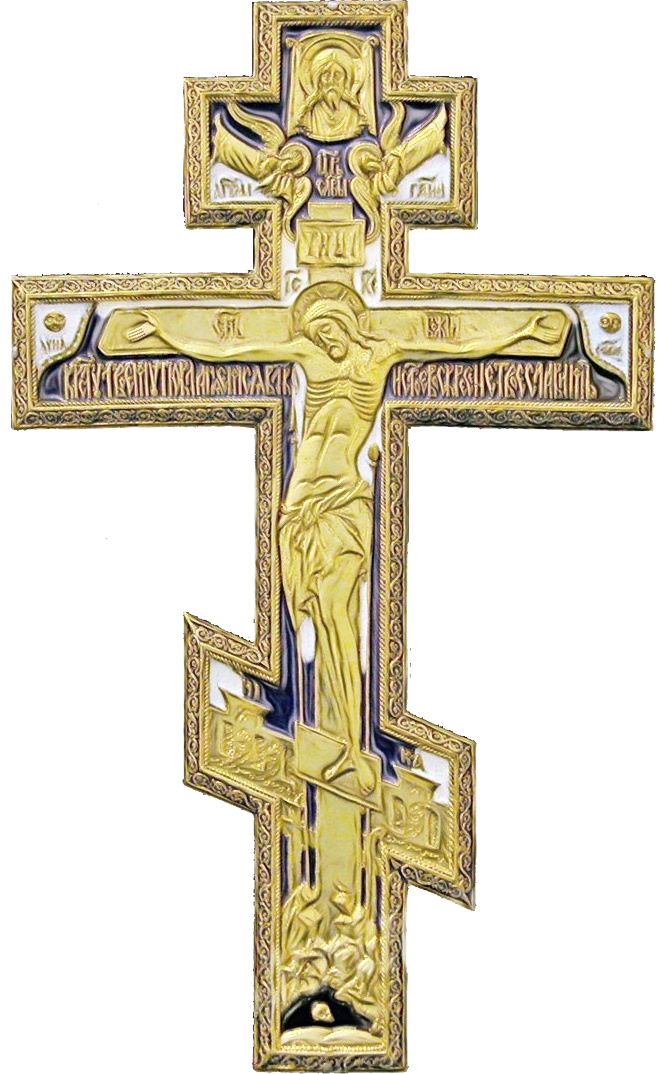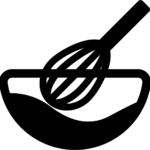
Service Schedule
WEEKLY SERVICES
· Great Vespers 5:30 PM (Saturdays)
· Hours 8:40 AM (Sundays)
· Divine Liturgy 9:00 AM (Sundays)
· Small Compline 6:30 PM (Wednesdays)
Please see the calendar for changes and additional service times. Visitors are always welcome to attend any services.
4200 S Holiday Ave
Springfield MO 65810
(417) 352-2162
office@orthodoxsgf.org
Recent Reflections

Recipes

